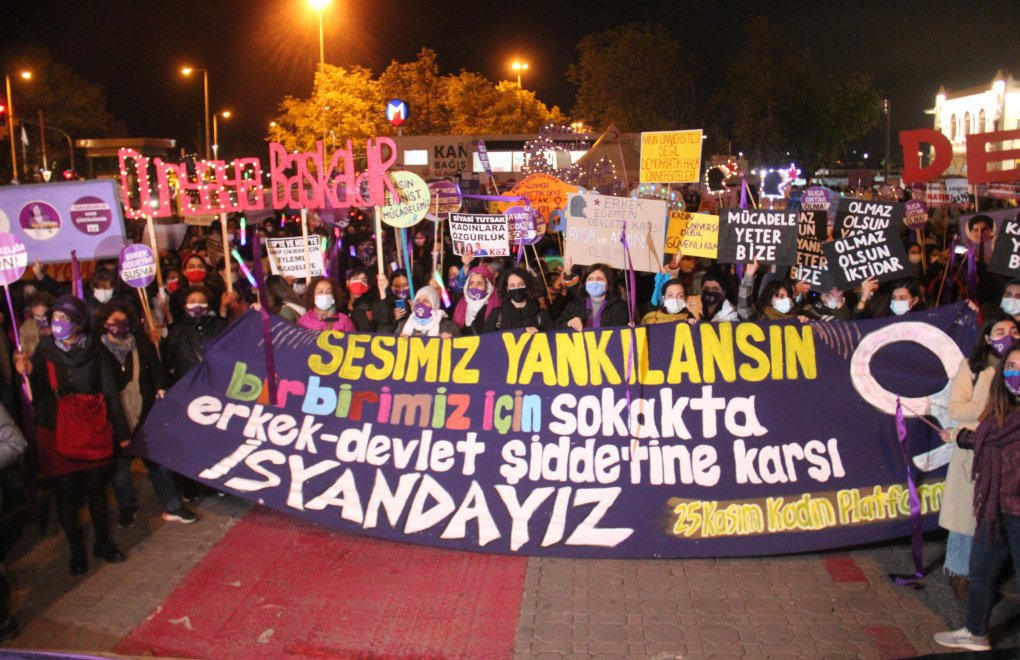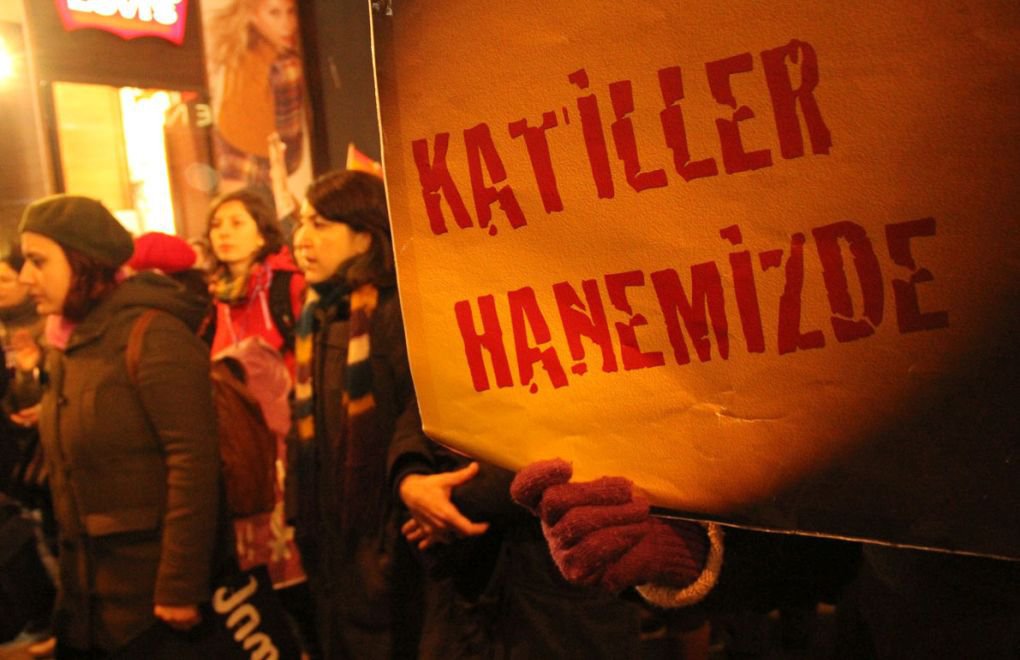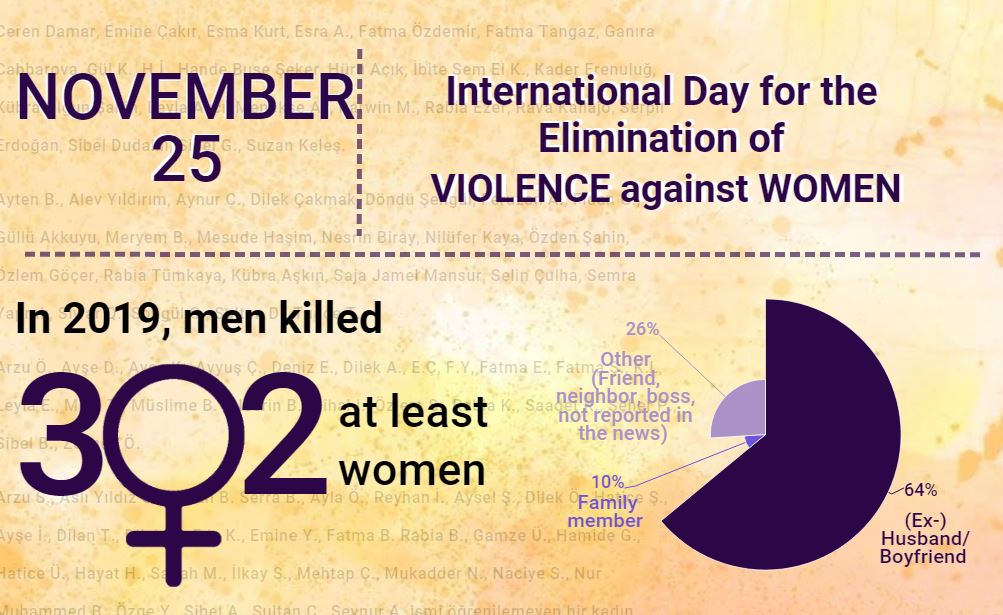* Photo: Yağmur Karagöz / bianet
Click to read the article in Turkish / Kurdish
I have been contributing to bianet Male Violence Monitoring Reports since October 2019. For the last eight months, my job is to scan the national and local press for all news on violence and to document every incident of male violence targeting women, children and LGBTI+s, together with bianet Women - LGBTI+ editor Evrim Kepenek.
Since 2008, bianet has been preparing male violence monitoring reports based on the news reported in the press. Scanning the local and national newspapers, news websites and agencies, bianet Male Violence Monitoring Reports have been compiling news on male violence to document gender-based violence. The monthly reports follow the incidents and judicial processes of male violence such as "feminicide/murder", "murder of children", "driving to suicide", "violence/injury", "sexual assault", "rape", "harassment," "threat", "child abuse" and "forced sex work."
In October, I had serious reservations that I would experience a desensitization to violence, like the one prevalent in the mainstream media, while picking out and documenting thousands of news that I have to monitor everyday with a focus on gender. But, the exact opposite is the case; that is, each case has affected me even more deeply than the previous one.
CLICK - bianet male violence monitoring report from 2008 to 2020
When I became the rapporteur on male violence, I have started reading every single news from several sources in detail. In this process, I have come across something which I did not encounter when I was reading them as a mere reader: The context of male violence. What I came across before was either disconnected stories on violence that were written to be interesting and suspenseful or statistics that were ideologically interpreted.
When I started monitoring the cases one by one, the first thing that got my attention was a truth that actually seemed simple: For women, each and every area of life is an area of struggle.
From home to workplace, from a husband of thirty years to a foreigner who mistakes you for his ex-girlfriend... The ordinary elements of daily life pose a danger to several women. Every decision taken by these women who have realized this danger and wanted to protect themselves to build a healthy and happy life is a potential "aggravated provocation" or a justification for "good conduct" abatement. However, just as these are concrete truths for some women, they are equally abstract and distant incidents for several other people who follow them only at second hand.
Discursive practices and ideological framing of incidents hide the complex context and scope of male violence from readers, as in the case of several other issues on the agenda. A current example of this is the dominant discourse and news suggesting that male violence has declined in the period of novel coronavirus (COVID-19) outbreak.
'Decline' in violence in the time of corona
In the period of coronavirus outbreak, different news with different figures and statistics have suggested that feminicides have decreased. According to bianet Male Violence Monitoring Report, men killed 25 women in March, 17 women in April and 19 women in May 2020.
However, suggesting that male violence has generally declined based on the sources of dominant discourse or the figures of bianet would mean ignoring the special conditions of the period. Curfews might prevent potential perpetrators physically, but as it does not account for a decrease in tendency to violence, it will not mean anything in the long run. In addition, Ramadan is a month that can be considered a statistical deviation in itself (The numbers also dropped in the Ramadan month last year).
On the other side, there are not significant qualitative differences between the cases before and after corona. Jealousy and economic disputes are still cited as excuses for femincides by male perpetrators, homes are still not safe places, restraining orders are still not put into force and the women killed by men are still blamed for their own deaths through their lifestyles.
It is access to security that has declined
Apart from feminicides, what makes me especially worried in the time of coronavirus outbreak is the marked decrease in the number of news reported on violence, battery, injury, harassment and rape.
After some time, several newspapers have started relying on the discourse of the government, celebrating the decrease in male violence in Turkey amid coronavirus quarantine while it has increased in several parts of the world. However, based on the previous data, a possible decrease in the rate of complaints that could reach relevant authorities is more likely than an actual decline in violence or a possible decline that has occured organically and by itself. Because, in this period, when women are confined to homes with perpetrators of violence or their husbands who were behind bars for inflicting violence on them have just been released, what has declined for women is nothing but their access to police departments and hospitals.
Unfortunately, in the pre-corona period as well, several incidents grouped under the heading of "violence/injury" in the bianet male violence monitoring report do not solely refer to a single incident of battery, but to entire processes of violence that took months or years for women to inform the public authorities or the media about their complaints.
Even when there is no global pandemic or there are no measures of quarantine and social distance, I mean, even when it is easy to access security and health teams, albeit on paper, it is still impossible to count the cases, the majority of which are not notified to public authorities. For this reason, we cannot talk about the scientific interpretation of male violence statistics that can lead to these conclusions.
Media continues normalizing violence
Aside from the fact that male violence incidents are not reported in the corona period, the most difficult part of media monitoring for the male violence monitoring report is perhaps the media itself. The process of normalizing violence still continues, both in the news reports where statistics are interpreted ideologically and in routine reports of every single homicide.
With journalism practices such as blaming the women killed by men, making excuses for violence, using a sexist language or using violence as an ornamental element, a vast majority of the reports almost hide objective facts. On the other hand, uncensored harassment videos, which automatically play when a headline is clicked and uncensored corpse photographs reproduce the violence by spreading it.
Sometimes, even verifying that the perpetrator is male can take hours. Because when the subject of the news is woman, it is generally stated as "woman," whereas men are referred to as "person," it is not found necessary to state that they are men. The premise that the subject is the man cannot be found in frequent headlines such as "The woman is killed" or "The woman experienced horror."
Even a mystical phenomenon called "insanity," which allegedly drives adult men to kill their wives, girlfriends or daughters, can replace the subjectivity of men. In short, men are the ultimate subject of news, except when they are to be held responsible for a crime they committed.
It is perhaps even more dangerous today to detach male violence from its context, the random stories of "violence against women" where the woman is the one experiencing the cases, or statistics about "the bleeding wound of society" has healed.
Because, as we know, throughout history, especially in times of economic difficulties, social violence was directed to women, whose labor was devalued, who were asked to be the child-bearers and the free carers of the workforce. What normalized and popularized this was the media that echoed the discourses of economic and political power centers.
Male violence reports are as systematic as male violence
Today, we know that the media language is ideological. But we may overlook that the violence reports, which are considered isolated from the structure we clearly see in the general news or column articles, are just as ideological. We may forget that giving a report the title "She came home late, experienced the nightmare" instead of "He killed his wife" might be just as harmful and that reports about male violence are as systematic as male violence.
Any discourse that evaluates male violence outside of its social context is perhaps more political than even the most controversial column article.
Because while these discourses are aimed at establishing power over women, their lives and their bodies, they can hide that they are political. For this reason, we have to remind ourselves and one another the truths we actually know, perhaps every day, in the extraordinary periods as we are living through now.
About Ege ÖztokatShe has been the bianet Male Violence Monitoring rapporteur since October 2019. She was an intern at bianet from August to September 2015. She graduated from the Department of Journalism at İstanbul University Faculty of Communication. She did her MA degree in the field of sociology of communication at the same department. |
(EÖ/EMK/SD/VK)





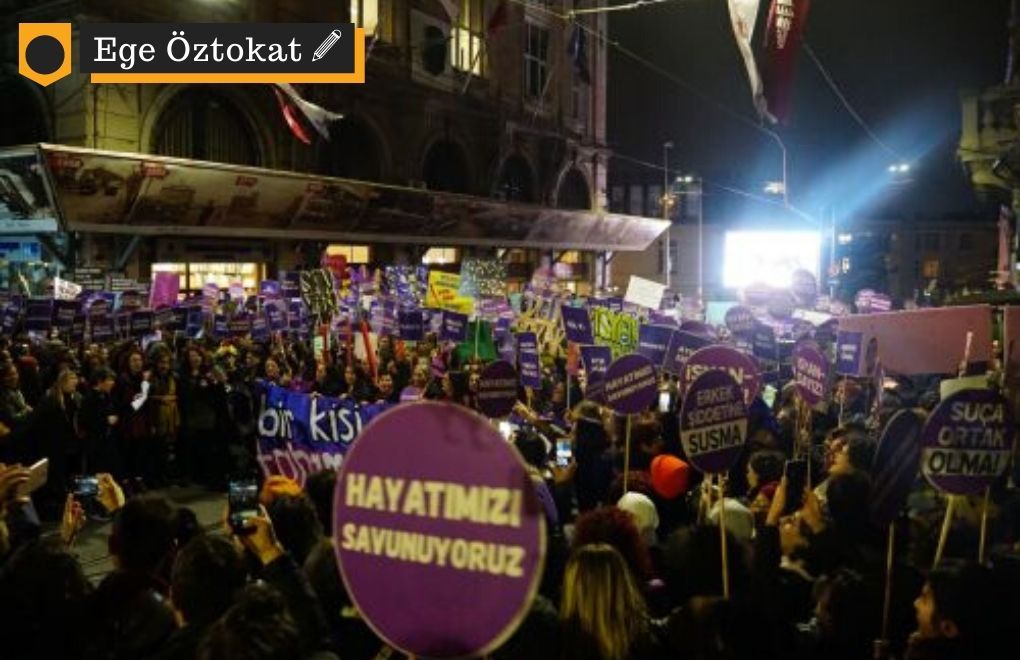

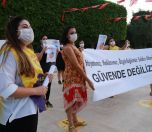
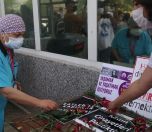


_-_Kopya-132.jpg)
-132.jpg)

